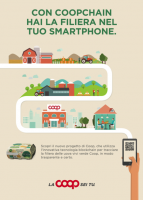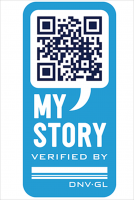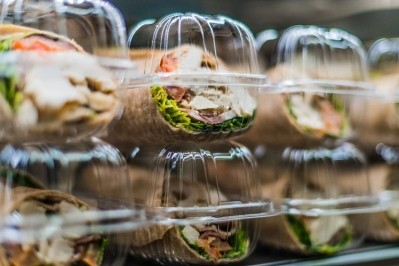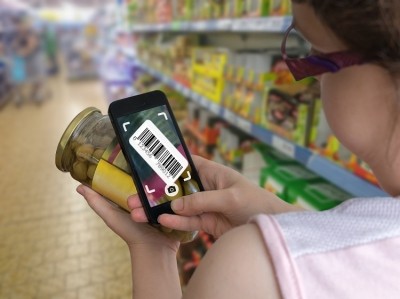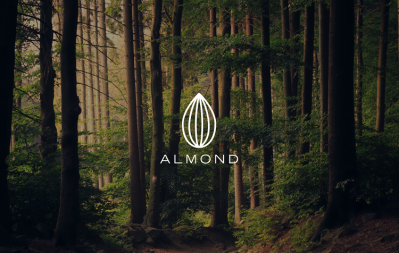Communicating transparency: How brands tap blockchain to target shoppers
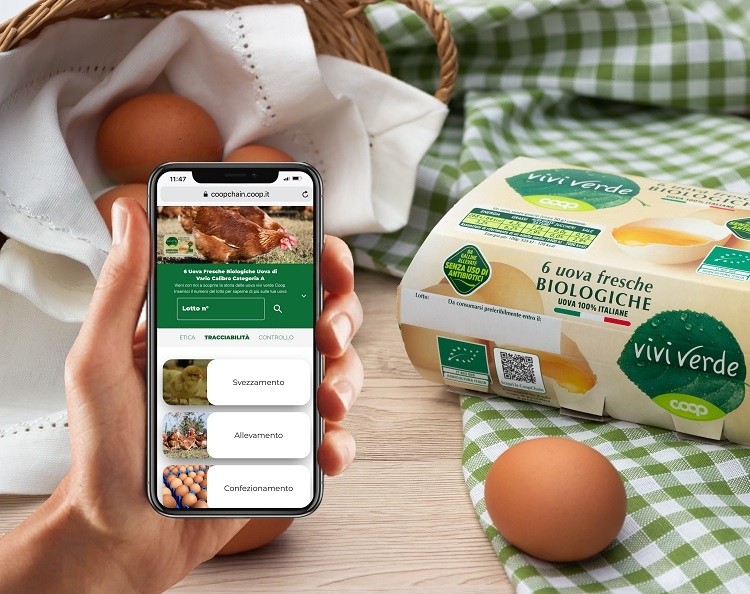
Today’s consumer looks to verify a brand’s promise. The shopper wants to know exactly what food product they are buying, where it comes from, and how it was made.
Blockchain is one way companies are responding to demands from this increasingly curious customer. The technology can be described as an open and secure digital ledger that enables a permanent record of transactions.
In food terms, this means that when blockchain is applied to a supply chain, each step is logged and made transparent to the manufacturer – and if the firm so chooses, the consumer.
Opening a traceable, transparent supply chain to shoppers is an effective way of building consumer trust, and may well help brands standout against competition at the point of sale.
SeeHow offers ‘a window into global supply chains’
According to Swiss start-up SeeHow, millennials are driving transparency in the global food system.
“[Millennials] are about to become the biggest consumer group of global markets. We are 1.8 billion-strong around the globe and we are $14 tn in annual income that we can spend on consumption,” founder and product lead Christoph Weigl told delegates at this year’s Seeds and Chips conference in Milan.
Recent statistics reveal that 74% of consumers around the world would switch brands and products for increased transparency, he continued. “They would literally go and eat a different chocolate bar if they knew where that chocolate was coming from. This is a big challenge for brands and producers around the world.”
However, the start-up also sees this ‘brand investigating’ behaviour as an opportunity, suggesting companies use supply chain data for marketing and advertising purposes.
Weigl described SeeHow as a window into global supply chains. “SeeHow is a tool for brands to visually communicate about the origin of their products to consumers in an authentic, transparent and visual way”.

The start-up is currently testing its blockchain-based software with an unnamed coffee company – reportedly one of the world’s largest – as a means of informing marketing and advertising campaigns.
Using a smartphone app, the coffee company employees across the supply chain take photographs and videos, and make notes, of their work life in origin countries. SeeHow encrypts these images together with their GPS coordinates and timestamps the data.
“Blockchain for us is a medium of security that we use as a layer within our solution,” Weigl explained. “These insights come in from the field to the headquarters of the coffee company for the marketing company [to] use in real-time on their existing channels,” he continued, citing Instagram, Facebook, and online advertising as potential platforms. “They can give a live window to consumers to see how their products are actually made.”
SeeHow aims to influence the consumer’s journey by communicating online, via posts or advertisements, ahead of purchase. “This is really a medium to communicate ever-changing content to consumers.
“And with communicating different pictures from different locations, and at different times, you [can help] a consumer…decide on a product, you can build an impact of trust and you can build true insight into the supply chain.”
Blockchain meets Coop’s ‘Great Eggspectations’
Coop Italia has taken a different approach to boosting transparency, and in doing so, aims to improve the consumer’s overall experience.
Coop is a system of Italian consumer cooperatives, and is one of Italy’s largest supermarket retailers. At last year’s Seeds and Chips conference, the group put out a call for ideas for its ‘Great Eggspectations’ project: a prototype aimed at improving traceability and transparency for its own-label organic eggs.
“Coop already controls every step of its egg supply chain,” explained Mario Zambrini, who heads up organisation and processes at Coop. “[The supermarket] has had a certified eggs supply chain since 2003 that involves feed factories, hatcheries, weaning plants, hen farms and packers.”
Coop’s organic eggs are a best-selling product. “The egg supply chain [was] chosen because it has great commercial value and is relatively simple, but not too [simple] to trace,” Zambrini continued.
Of the close-to 30 applications received, which proposed blockchain and other IoT technology methods, Coop selected French start-up Connecting Food. The project also involved IBM, who supplied the blockchain technology, and egg supplier Gruppo Eurovo.
The final product is a relatively simple concept. “We put a QR code on the egg pack…the consumer can scan the QR code [with a smartphone and] insert a code that he finds on the back of [the carton], and then read about the hen’s breed, the packing centre, and where the eggs came from.”
The consumer also has the opportunity to read additional information and watch videos to better understand the Eurovo-Coop supply chain. “The consumer can have the supply chain in their hand.”
DNV GL brings consumers on the ‘building trust’ journey
Norway-headquartered DNV GL provides certifying management systems to a number of industries, including food and beverage.
In this sector, the company uses blockchain to build more trust into supply chains – for both the consumer’s piece of mind, as well as for public health. “It’s not a good thing when what is inside a bottle or container is not what it says it is,” DNV GL’s head of digital transformation, Sven Edgren, told delegates at Seeds and Chips this month.
According to DNV GL, the push towards greater transparency largely comes from consumer demand, as shoppers increasingly seek assurance that a brand’s promise is reliable, honest and responsible. “We as consumers are more curious these days and we are craving for information. Can I trust the product? What is inside? And who has contributed?”
In addition, consumers expect a transparent, two-way form of communication with brands.
DNV GL’s solution involves a blockchain-powered service called ‘My Story’. The digital assurance platform gives brands the opportunity to share a product’s story with consumers. A number of product data can be registered on the ledger, including its quality, authenticity, origin, ecological footprint, as well as information regarding worker rights and animal welfare.
Three Italian winemakers were the first to use the service. When consumers scan a QR code on the wine bottle with a smartphone, information regarding the wine story, from bottle to vineyard, is displayed.
Shoppers can learn where the wine was bottled, how the grapes were farmed and picked, the altitude of the vineyard, and its soil type. “DNV GL auditors still visit the vineyard to verify processes and data,” explained Edgren, acknowledging that a blockchain is only as strong as its data.
“It builds confidence by communicating with consumers through a single product. Everything is timestamped, stored in the blockchain and cannot be altered.
“So no matter where, consumers can trust everything shared about the wine: its quality, authenticity, and sustainability.”
